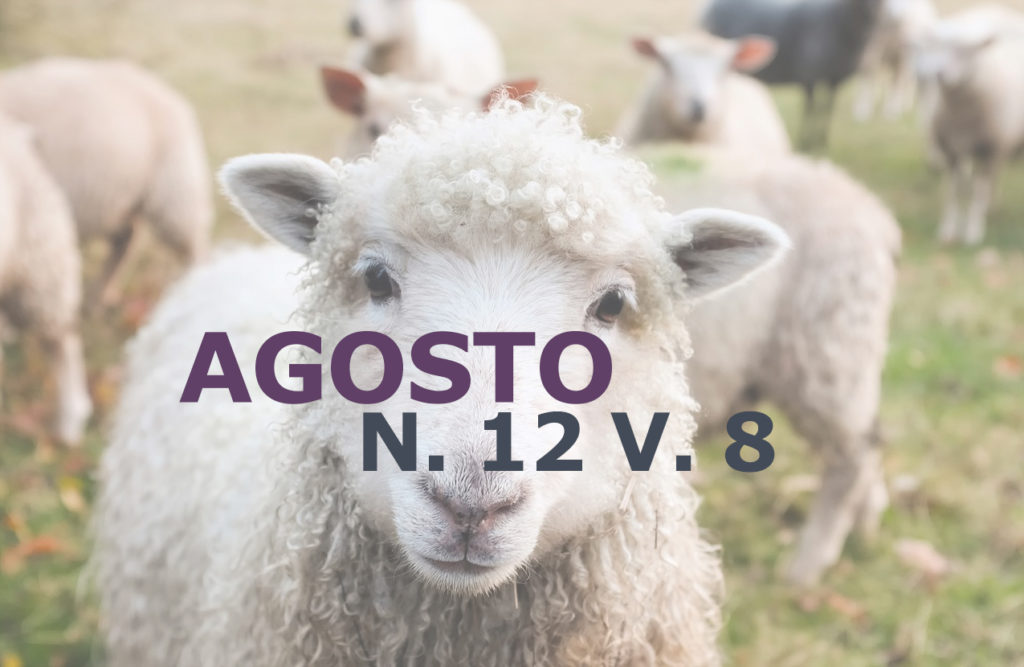Yield of cassava evaluated on four levels of Phosphate fertilization and a cover fertilization
DOI:
https://doi.org/10.31533/pubvet.v12n8a151.1-4Keywords:
planting fertilization, IAC 12, Manihot esculentaAbstract
Cassava is one of the most promising crops in family agriculture, contributing to the social and economic development of Brazil. In spite of this, traditionally the culture is conducted with low financial investment, generally, not having corrective and fertilizer application in adequate doses. The objective of this work was to evaluate the effect of different doses of phosphate fertilization and yield fertilization on cassava (IAC 12). The experiment was developed in a subdivided plot with 24 replicates. Four doses of phosphorus (0, 40, 80, 160 kg of P2O5 / ha) and cover fertilization (0 and 250 kg / ha of 20--20-20) were evaluated. Harvesting was performed xx months after planting and productivity per plant was determined. Variance analysis and Scott-Knott's test were performed to compare means. There was an increasing response to phosphate fertilization; the productivity was higher for the 160 kg dose of P2O5 / ha, which is twice the maximum dose recommended by CFSEMG, showing that although it is rustic, the plant is responsive to phosphate fertilization. Regarding the cover fertilization, there was no significant difference between the treatments. It was concluded that the cultivar of cassava IAC 12 is responsive to phosphorus, requiring studies with higher doses.
Downloads
Published
Issue
Section
License
Copyright (c) 2018 Alandionys Gonçalves de Lima, Lucas Roberto de Carvalho, Marília Constantino Mota, Antônio Florentino de Lima Junior, Juracy Mendes Moreira, Arinaldo Pereira da Silva, Roberto Barbuio, Juliano Queiroz Santana Rosa

This work is licensed under a Creative Commons Attribution 4.0 International License.
Você tem o direito de:
Compartilhar — copiar e redistribuir o material em qualquer suporte ou formato
Adaptar — remixar, transformar, e criar a partir do material para qualquer fim, mesmo que comercial.
O licenciante não pode revogar estes direitos desde que você respeite os termos da licença. De acordo com os termos seguintes:
Atribuição
— Você deve dar o crédito apropriado, prover um link para a licença e indicar se mudanças foram feitas. Você deve fazê-lo em qualquer circunstância razoável, mas de nenhuma maneira que sugira que o licenciante apoia você ou o seu uso. Sem restrições adicionais
— Você não pode aplicar termos jurídicos ou medidas de caráter tecnológico que restrinjam legalmente outros de fazerem algo que a licença permita.





